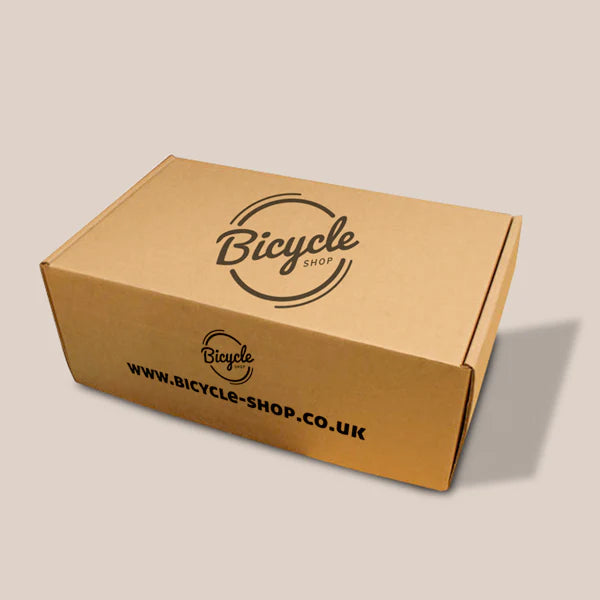The Versatility and Impact of Cellophane Bags
In today's world, where sustainability and convenience are paramount, cellophane bags have secured their position as an essential packaging material. First introduced in the early 20th century, cellophane is a thin, transparent film made from regenerated cellulose. Its unique properties and eco-friendly nature make it a preferred choice for a wide range of applications, from food packaging to retail.
One of the most significant advantages of cellophane bags is their biodegradability. Unlike traditional plastic bags, which can take hundreds of years to decompose, cellophane bags are derived from natural sources, primarily wood pulp. This means that when disposed of, they break down much more quickly and do not contribute significantly to landfill waste. As environmental concerns continue to rise, consumers and businesses alike are seeking sustainable alternatives to plastic, making cellophane bags an attractive option.
The transparency of cellophane bags is another reason for their popularity. They provide an excellent display for products, allowing consumers to see the contents without needing to open the package. This feature is especially beneficial for retailers looking to showcase their products appealingly. Whether it’s artisanal chocolates, handmade soaps, or craft items, cellophane bags enhance the visual appeal and draw customers in. Custom printing options also allow businesses to brand their cellophane bags, further elevating their marketing efforts.
In the food industry, cellophane bags have found a solid foothold. They are often used to package baked goods, fruits, snacks, and gourmet products. The material possesses natural breathable properties, which means that it helps to prolong the freshness of products by reducing moisture accumulation. This is particularly important for items like cookies or bread, where maintaining a crisp texture is essential. Moreover, cellophane has a high resistance to oils and fats, making it suitable for a variety of food items.
cellophane bags

Cellophane bags are also noteworthy for their versatility. They come in various sizes and styles, including flat bags, gusseted bags, and resealable options. This range makes them suitable for both small-scale artisanal producers and large manufacturers. For crafting, cellophane bags can be used for gifting, party favors, or creative packaging solutions. Their lightweight nature ensures that shipping costs remain low, making them a practical choice for entrepreneurs.
Despite their many benefits, it is essential to recognize that cellophane bags are not an outright replacement for all types of plastic packaging. While they are biodegradable, they still require proper disposal methods to ensure environmentally-friendly decomposition. Additionally, they are not as strong or moisture-proof as some plastic alternatives, which may limit their use in certain situations.
The increasing demand for sustainable packaging solutions has led to innovation in the production of cellophane bags. Manufacturers are continually researching ways to enhance the material's performance while maintaining its eco-friendly characteristics. The emergence of compostable cellophane options highlights the potential for even greener alternatives, allowing consumers to make environmentally conscious choices.
In summary, cellophane bags represent a remarkable packaging solution that combines practicality and environmental responsibility. Their transparency, biodegradability, and versatility make them suitable for various applications, particularly in food and retail. As the global community continues to prioritize sustainability, cellophane bags are poised to play a pivotal role in achieving a cleaner, greener future. With ongoing advancements in eco-friendly materials and manufacturing processes, the potential of cellophane bags will only continue to grow, reinforcing their status as a valuable asset in today’s packaging landscape.



